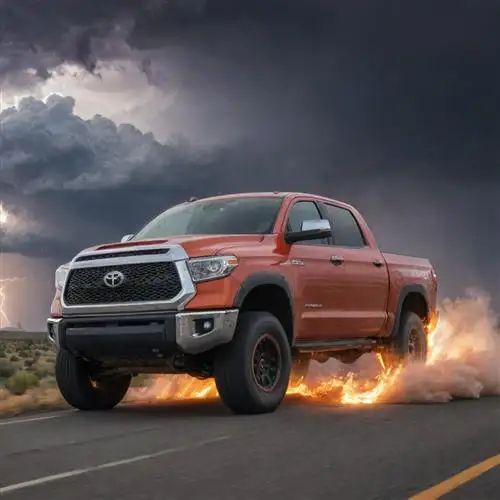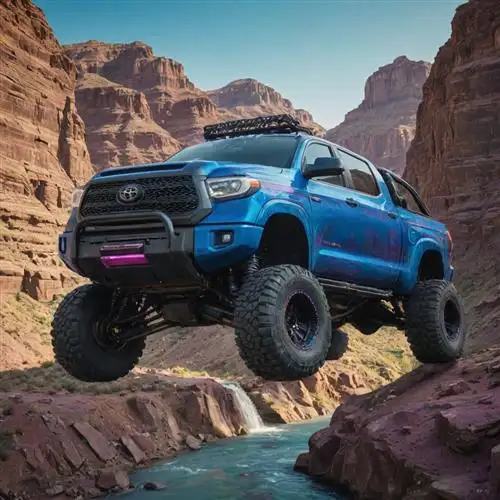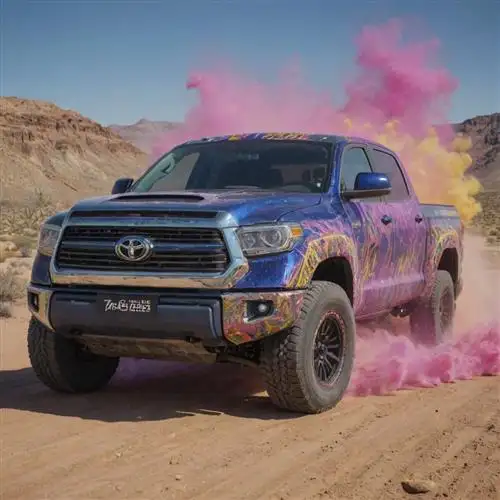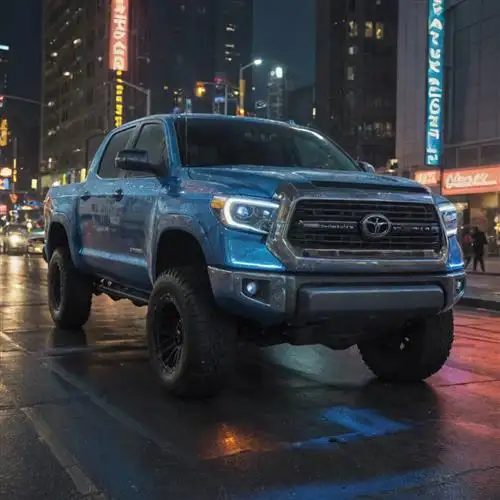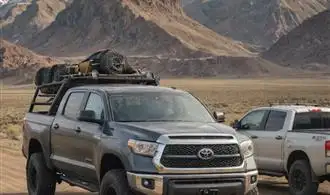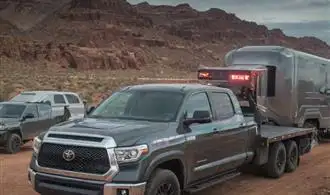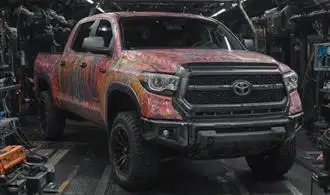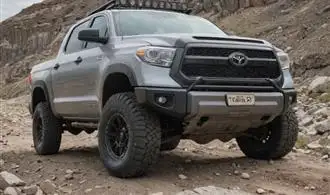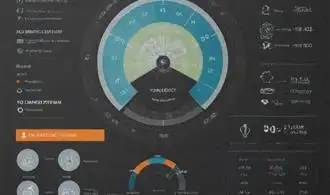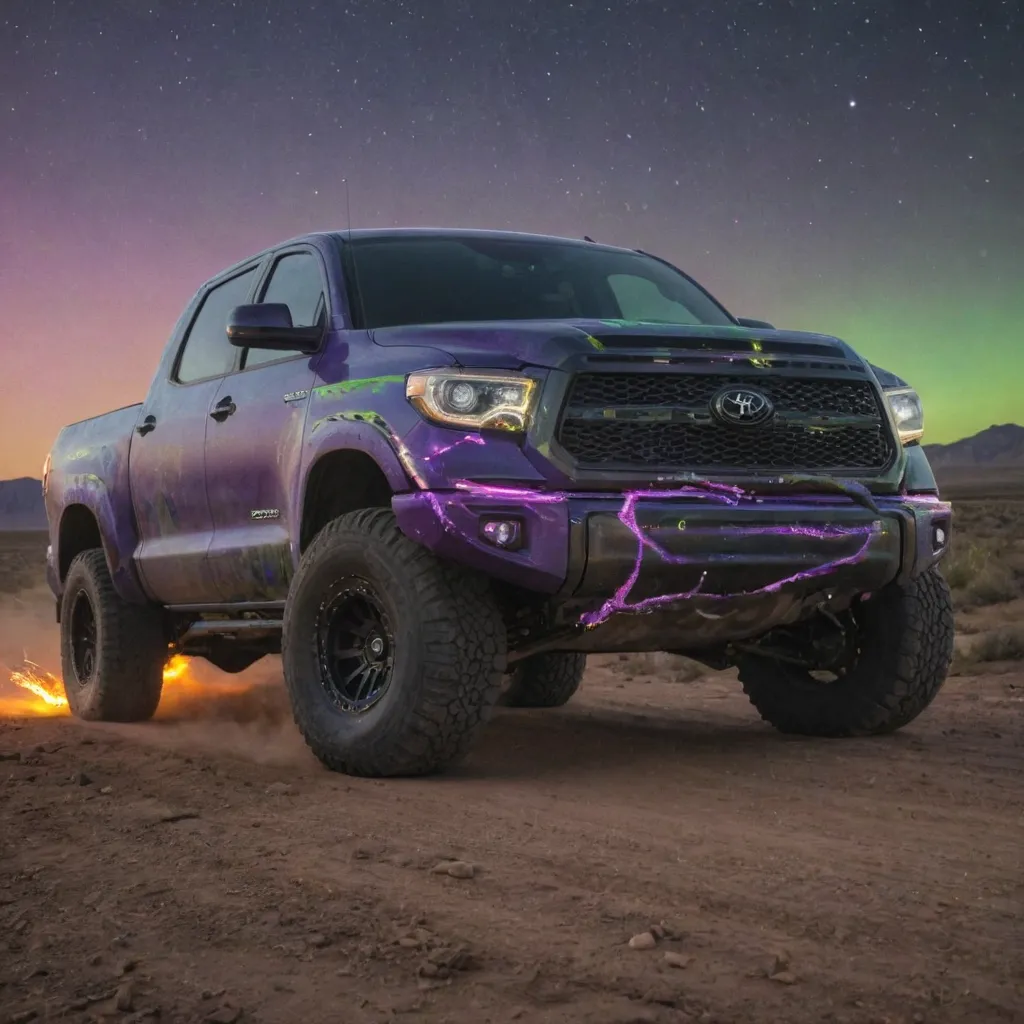
The Tundra's Untapped Potential
While the Toyota Tundra is renowned for its rugged reliability and impressive towing capacity, many enthusiasts believe its performance potential remains largely untapped. The Tundra's sturdy frame, powerful engines, and sophisticated suspension systems provide a solid foundation for unlocking greater levels of performance.
One of the primary areas for potential performance enhancement is the Tundra's powertrain. The available V8 engines, particularly the 5.7-liter unit, are capable of delivering impressive horsepower and torque. However, with strategic modifications, such as upgrading the intake, exhaust, and engine management systems, the Tundra's power output can be significantly increased. This not only improves acceleration and responsiveness but also enhances the vehicle's towing and hauling capabilities.
Another aspect of the Tundra's untapped potential lies in its suspension system. While the factory setup provides a comfortable ride and impressive off-road capabilities, enthusiasts can explore upgrades that optimize the Tundra's handling and cornering performance. This may include installing aftermarket shocks, coil-over kits, and stiffer springs, which can improve the vehicle's body control and reduce body roll during spirited driving. Additionally, wheel and tire upgrades can further enhance the Tundra's grip and overall handling characteristics.
Brake system modifications can also play a significant role in unlocking the Tundra's performance potential. By upgrading the brake components, such as larger rotors, high-performance pads, and upgraded calipers, the Tundra's stopping power can be substantially improved. This not only enhances safety during emergency maneuvers but also provides greater confidence when towing heavy loads or navigating through twisty roads.
Beyond the mechanical upgrades, the Tundra's performance can also be enhanced through aerodynamic modifications. Additions like spoilers, air dams, and tailgate spoilers can improve the vehicle's airflow, reducing drag and enhancing high-speed stability. These subtle changes can contribute to improved fuel efficiency, increased top speed, and enhanced overall driving dynamics.
Suspension Upgrades for Better Handling
Improving the handling and performance of a Toyota Tundra often starts with upgrading the suspension system. The Tundra's stock suspension, while capable, can be optimized for an even more responsive and stable ride. One of the most effective ways to enhance the Tundra's handling is through suspension upgrades. These modifications can improve the truck's cornering ability, off-road capability, and overall driving dynamics.
Lift Kits: Installing a quality lift kit can provide several benefits for the Toyota Tundra. Taller suspension components increase ground clearance, allowing for larger tire and wheel combinations. This can enhance the Tundra's off-road capabilities by improving approach, departure, and break-over angles. Lift kits also often include upgraded shocks and springs, which can improve the truck's ride quality and handling characteristics.
Shock Absorbers: Upgrading the Tundra's shock absorbers can have a significant impact on its handling and overall ride comfort. Aftermarket shock absorbers, such as those from brands like Fox, Bilstein, or King, can provide improved damping control, better responsiveness, and increased durability. These shocks are engineered to offer a more precise and controlled ride, allowing the Tundra to navigate rough terrain or tight corners with greater confidence.
Stabilizer Bars: Installing larger, heavy-duty stabilizer bars (also known as sway bars) can enhance the Tundra's cornering ability and reduce body roll. These bars help to minimize the lateral movement of the vehicle during turns, providing a more nimble and responsive handling feel. Upgrading the front and rear stabilizer bars can lead to a significant improvement in the Tundra's overall handling performance.
Suspension Bushings: The factory suspension bushings in the Tundra can wear out over time, leading to a "sloppy" or imprecise feel in the steering and suspension. Replacing these bushings with aftermarket polyurethane or metal alternatives can improve the truck's responsiveness and handling, as well as provide a more direct connection between the wheels and the chassis.
Wheel Alignment: Proper wheel alignment is crucial for the Tundra's handling. Having the alignment checked and adjusted by a qualified technician can ensure that the wheels are properly set, promoting even tire wear and improving the truck's tracking and stability at high speeds or during cornering.
Engine Tuning and Forced Induction Secrets
The Toyota Tundra is a formidable full-size pickup, but for those seeking more power and performance, engine tuning and forced induction can unlock its hidden potential. While the stock Tundra engine is a capable workhorse, the right modifications can elevate its performance to new heights.
Engine Tuning: One of the most effective ways to boost the Tundra's power is through engine tuning. This process involves remapping the engine's electronic control unit (ECU) to optimize ignition timing, fuel delivery, and other parameters. A professional tuner can carefully calibrate these settings to extract maximum power and torque, often resulting in significant gains without compromising drivability or fuel efficiency.
Forced Induction: For those seeking even more power, forced induction systems, such as turbochargers or superchargers, can provide a substantial boost. These systems force more air into the engine, allowing it to burn more fuel and generate more power. The Tundra's robust V8 engine is well-suited for forced induction, and with the right setup, owners can expect to see power increases in the range of 50-100 horsepower or more.
Turbocharger Upgrades: Choosing the right turbocharger is crucial when upgrading a Tundra. Factors like turbo size, wheel design, and wastegate configuration all play a role in determining the power output, responsiveness, and overall drivability. Experienced tuners can help select the optimal turbocharger setup based on the owner's performance goals and driving preferences.
Supercharger Advantages: While turbochargers are a popular choice, superchargers offer their own set of advantages. Superchargers are mechanically driven by the engine, providing instant boost and a more linear power delivery. This can result in a more refined and user-friendly driving experience, especially in stop-and-go traffic or when towing heavy loads.
Fuel System Upgrades: Complementing the forced induction system, upgrading the fuel system is often necessary to support the increased power demands. This may involve installing larger fuel injectors, a high-flow fuel pump, and a supporting fuel delivery system to ensure the engine receives the necessary fuel supply.
Engine Internals: In some cases, upgrading the engine's internal components, such as pistons, connecting rods, and camshafts, may be required to handle the additional power generated by forced induction. While more extensive, these modifications can unlock even higher performance levels and ensure the engine's long-term reliability.
Braking Enhancements for Confident Stopping Power
The Toyota Tundra is a powerful and capable full-size pickup, but its braking performance can be improved to provide the driver with even greater confidence and control. One of the most effective ways to enhance the Tundra's braking capabilities is by upgrading the brake system components. This can include installing larger brake rotors, high-performance brake pads, and a more responsive brake booster.
Upgrading to larger brake rotors is a popular modification among Tundra owners. Larger rotors provide more surface area for the brake pads to grip, resulting in increased stopping power and reduced brake fade during heavy or repeated braking. Many aftermarket brake kits are available that offer rotor sizes up to 14 inches in diameter, significantly larger than the stock 13-inch rotors.
Complementing the larger rotors, high-performance brake pads can also contribute to improved braking performance. These pads are designed with more aggressive friction materials that provide greater bite and fade resistance, allowing the Tundra to slow down more quickly and consistently, even under heavy loads or in demanding driving conditions. Some of the top-performing brake pad options include semi-metallic and ceramic compounds.
Another important component to consider is the brake booster. The stock Tundra brake booster may not provide enough power assistance, especially when the vehicle is heavily loaded or towing a trailer. Upgrading to a larger, more responsive brake booster can significantly improve the brake pedal feel and reduce the effort required to slow down the Tundra. This modification can be particularly beneficial for those who frequently tow heavy loads or engage in off-road driving.
In addition to these hardware upgrades, proper maintenance of the Tundra's braking system is crucial. Regular inspection, cleaning, and replacement of worn components can ensure the brake system continues to perform at its best. Owners should also consider flushing the brake fluid at recommended intervals to maintain optimal hydraulic pressure and responsiveness.
Aerodynamic Upgrades for Improved Efficiency
When it comes to enhancing the performance of a Toyota Tundra, one often overlooked aspect is its aerodynamics. The Tundra's boxy design and large size can create significant drag, resulting in decreased fuel efficiency and power output. However, there are several aerodynamic upgrades that can help mitigate these drawbacks and unlock the truck's true potential.
One of the most impactful modifications is the installation of a tonneau cover or a bed cap. These accessories streamline the truck's profile, reducing air turbulence and drag. Not only do they improve the Tundra's aerodynamics, but they also enhance its overall appearance and provide additional storage space. Careful selection of the right tonneau cover or bed cap can yield measurable improvements in fuel economy and acceleration.
Another effective upgrade is the addition of aerodynamic side mirrors. The Tundra's factory mirrors can create significant drag, especially at higher speeds. Replacing them with streamlined, low-profile alternatives can significantly reduce wind resistance and improve the truck's efficiency. Some aftermarket mirror options even feature integrated turn signals or additional lighting, further enhancing the vehicle's functionality and aesthetics.
Wheel well liners and fender flares can also play a role in improving the Tundra's aerodynamics. These components help to smooth the air flow around the wheels, reducing turbulence and drag. Installing well-designed, low-profile fender flares can not only improve the truck's efficiency but also give it a more aggressive and modern appearance.
For those seeking even greater enhancements, consider a front air dam or a grille guard. These accessories can help to redirect air around the vehicle, reducing the amount of air that gets trapped under the Tundra's front end. This can result in improved fuel efficiency and a more responsive throttle response, particularly at highway speeds.

